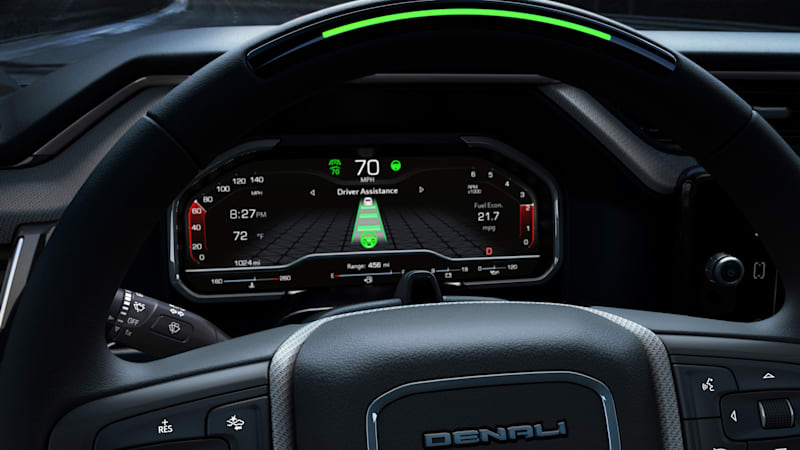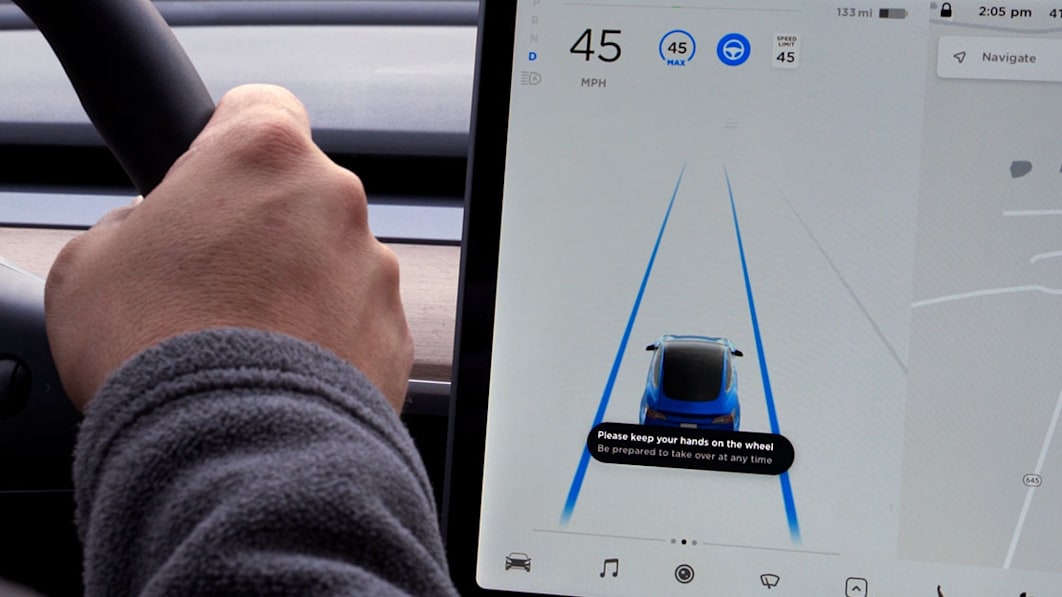The Insurance Institute for Highway Safety has just unveiled another test it will perform on new cars as part of its series of safety tests. It is an assessment program designed to evaluate vehicles with partial automation to determine how safe they are when in use. As with their crash tests, the IIHS will designate Good, Acceptable, Marginal and Bad ratings.
These new ratings will be applied to systems such as GM’s Super Cruise, Ford’s BlueCruise, and Tesla’s Autopilot. Of course there are other systems and the IIHS will test those as well. The IIHS already tests forward collision warning and automatic emergency braking systems, but uses a different classification system.
To receive the highest “Good” rating in these tests, the IIHS emphasizes the need for an excellent driver monitoring system. It must be able to “ensure that the driver’s eyes are on the road and their hands are on the wheel or ready to grab it at all times.” Many driver monitoring systems are already quite effective at tracking a driver’s eyes and being able to sense when a driver’s hand is on the wheel, but tracking their hand position when not at the wheel would be new. In theory, manufacturers would need new sensor suites to accurately track the driver’s hands relative to the steering wheel if they want to offer a true hands-free system that passes the IIHS test.
In addition, cars rated “Good” will have multiple types of escalating warnings to get the driver’s attention if the monitoring finds them inattentive. Examples of acceptable warnings include audible warnings, vibrations, brake pulsation and the driver’s seat belt pulling. If none of the warnings remedy the driver’s inattention, the vehicle will require a fail-safe procedure that will slow the vehicle to a stop or crawl, notify the manufacturer’s concierge, and call emergency services if necessary. The IIHS also says that after an escalation of warnings, the driver should be locked out of the partial automation system until the engine is turned off and back on.


The next step is guidance on automatic lane changes. To get a ‘Good’ rating, the car should only change lanes automatically if the driver initiates it – for example you tell the car you want to change to the left lane by activating the left turn signal. In addition, adaptive cruise control should be designed in such a way that it will not be reactivated after traffic in front of the car has elongated to a stop and the driver is not looking at the road.
The list of IIHS requirements continues. For that “Good” rating, lane-centering systems should not be designed to be disabled on driver involvement — the IIHS says this discourages driver correction, as the driver wouldn’t want the system to disable them. The system shall also be designed in such a way that it will not operate when the driver’s seat belt is unfastened or when the automatic emergency braking or lane departure prevention is disengaged.
That’s a long list of requirements from the IIHS, and we suspect manufacturers still have some work to do if they want to receive a “Good” rating. Ultimately, we think it’s good to have a unified third-party rating system to help consumers differentiate between different systems and clearly identify what they can and cannot do.
To that end, the IIHS had this to say in an unnamed appeal that could only be addressed to one manufacturer: Tesla.
“Until now, even the most advanced systems require active driver supervision,” the IIHS said. “However, some manufacturers have oversold the capabilities of their systems, causing drivers to treat the systems as if they could drive the car on their own. In egregious cases, drivers have been documented watching videos or playing games on their cell phones or even taking naps while they drive on the highway.”
The first batch of assessments is expected to be released sometime in 2022, although the IIHS won’t say exactly when testing has been delayed due to vehicle shortages.
